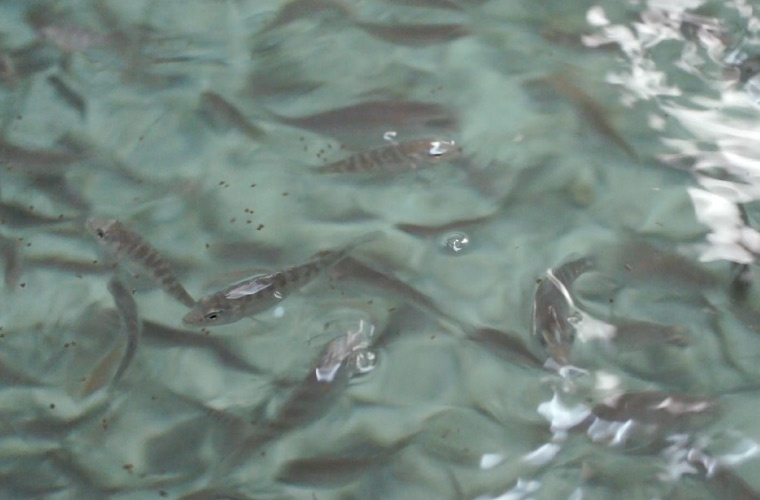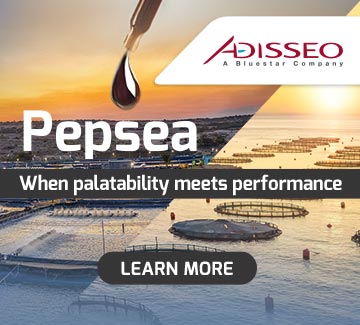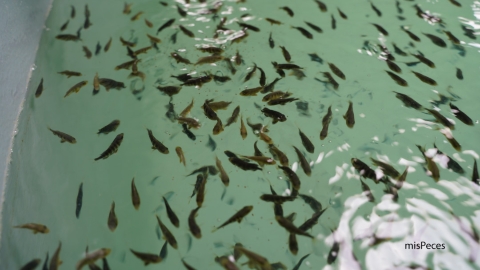
A team of researchers from Portugal has validated an in vitro method to assess the digestibility of aquafeeds for gilthead seabream (Sparus aurata), eliminating the need for live animal trials.
Led by scientist Patrícia Anacleto, from the University of Lisbon, the study shows that commercially digestive enzymes can accurately replicate the species’ digestive capacity. This development marks a significant step towards more ethical, cost-effective and time-efficient feed development processes in aquaculture.
This in vitro method proves particularly valuable in the early stages of feed formulation, where it allows for a preliminary screening of protein sources without restoring to fish-based trials. It also helps optimise ingredient ratios and blend composition to ensure protein content is effectively digested.
The research compared two approaches to simulating digestion: one using crude enzymatic extracts from seabream tissue, and another employing commercially sourced enzymes derived from porcine and bacterial origins. Trials were conducted under varying conditions-digestion times of 6 and 24 hours, temperatures of 20ºC and 37ºC, and feed quantities ranging from 4.6 to 1000mg-to closely mimic the fish’s gastrointestinal environment.
The highest levels of protein bioaccessibility were achieved using the commercial enzyme model, with a result of 90.1% under optimal conditions (37ºC, 6 hours, 250 mg of feed). This figure is virtually identical to the 90.8 recorded in live fish trials. As the authors note, “the interaction between temperature and digestion time plays a crucial role in maximizing digestibility”.
Conversely, digestion trials using enzymes extracted from seabream, although more physiologically representative, produced lower digestibility values. This may be attributed to the absence of factors presents in live fish, such as intestinal microbiota, bile secretions, and pH fluctuations throughout the digestive tract.
Beyond initial formulation, the method is also valuable for evaluating how processing variables-such as extrusion, milling or the use of feed additives-affect final digestibility. It is particularly useful in feeds with low fishmeal content, helping to determine whether alternative protein sources (e.g. plant-based ingredients, algae, insects or terrestrial animal by-products) offer comparable bioaccessibility.
“The model provides a more practical approach to assessing feed ingredient digestibility without ethical constraints,” the authors conclude. They recommend standarising the enzyme-to-substrate ratio in the range of 115 to 230 U/mg of protein for future applications. The team also advocates for extending this method to other aquaculture species and production conditions.
The study forms part of the MycoFish project, funded by Portugal’s Foundation for Science and Technology, which aims to enhance the sustainability and safety of aquafeeds.
Reference:
Flávia V. Mello, Pedro Silva, Marisa Barata, Florbela Soares, Pedro Pousão-Ferreira, Maria Paula Duarte, Luísa P. Valente, António Marques, Patrícia Anacleto. Protein digestibility of aquafeeds in Sparus aurata: A model for in vitro bioaccessibility validation in fish. Food Research International


